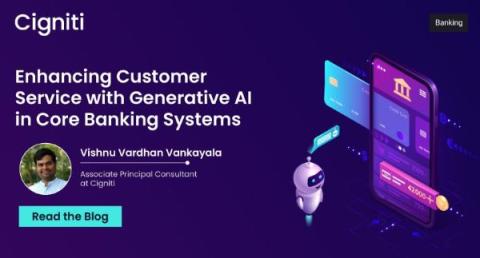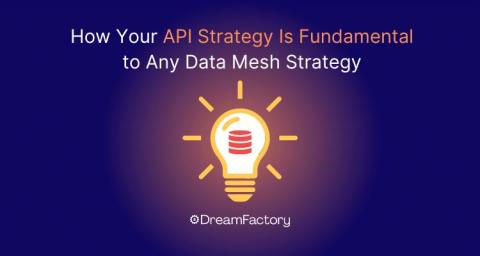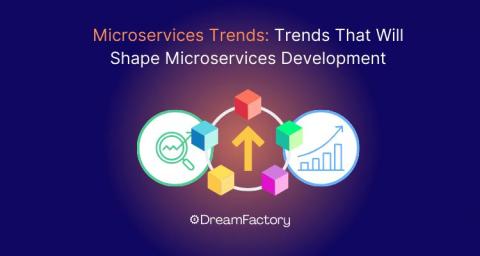Making Flink Serverless, With Queries for Less Than a Penny
Imagine easily enriching data streams and building stream processing applications in the cloud, without worrying about capacity planning, infrastructure and runtime upgrades, or performance monitoring. That's where our serverless Apache Flink® service comes in, as announced at this year’s Current | The Next Generation of Kafka Summit.











